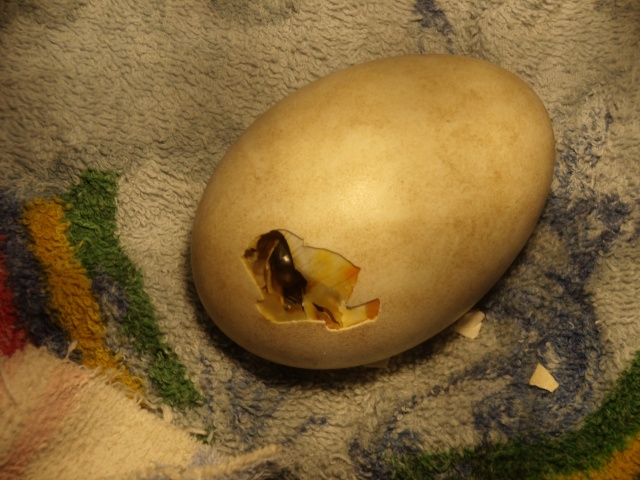foxy
Active member
Waiting with baited breath here for an update!!! 


Margaid said:I am completely ignorant about the development of the chick and the hatching process - my ideas seem to be on a par with a three year old thinking babies get out through mummy's belly button! I've ordered the Chicken Manual: The Complete Step-by-step Guide to Keeping Chickens by Laurence Beeken so hopefully that will enlighten me, but in the meantime can someone point me in the direction of an article that would help please?
BTW I've realised that the shabby green book with a cockerel on the front that was amongst mother-in law's books seems to be a twentieth edition of The Practical Poultry Keeper by one L Wright! I haven't found anything in it yet that explains the process but I may not be looking in the right place.
